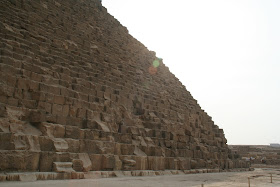 |
| Beautiful cityscape from Wikipedia, as viewed from the Krakow Mound. |

Beautiful Krakow: ancient, academic, artistic, cultural, catholic, charming!
From the main square, the Ryneck, the biggest square in Europe, a delight in summer when it's filled with restaurants and cafes, with it's unusual twin brother towers of the old St. Mary's basilica and St. Peter and Paul church to the Wawel Castle and the military-like Barbican, there are many things to see. The ancient university can be seen in the Collegium Magnus, and the old city is a UNESCO World Heritage site. World War II has left a fresh history in it's ghetto and graveyards across the river in formerly-Jewish Kazimierz.
Majestic poignant music, quaint little old streets, and a history of monarchies, duchys, small tribes, as well as Napoleon, Hitler and Stalin. Krakow is the cultural heart of Poland, with heritage as old as it's ancient city can have.
I feel sad that I have only visited Krakow in the middle of winter, when the Wistula River is frozen and the snow deep, but that means that I have a summer gem to return to, discovering a whole new city.
 |
| Outside the Sukiennice -- the main square, the Ryneck. |
 |
| Looking up at Wavel Castle |
 |
| View of the Wistula River |
 |
| Photo courtesy of Nellie Bednarek |
 |
| Krakow Street. Photo courtesy of Nellie Bednarek |
 |
| Mulled wine stand. Photo courtesy of Nellie Bednarek |
 |
| Sukiennice market. Photo courtesy of Nellie Bednarek
|
Source: http://en.wikipedia.org/wiki/Krak%C3%B3w















































